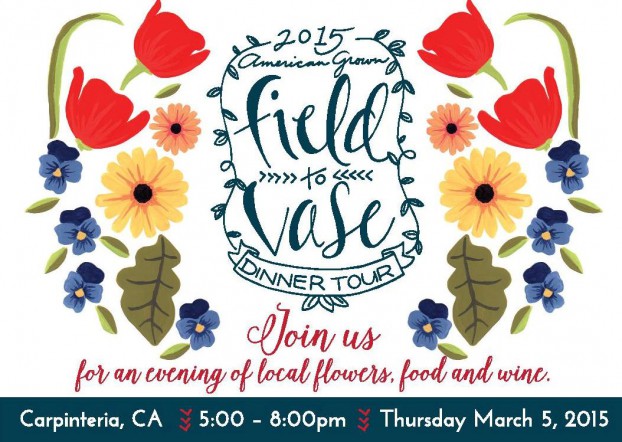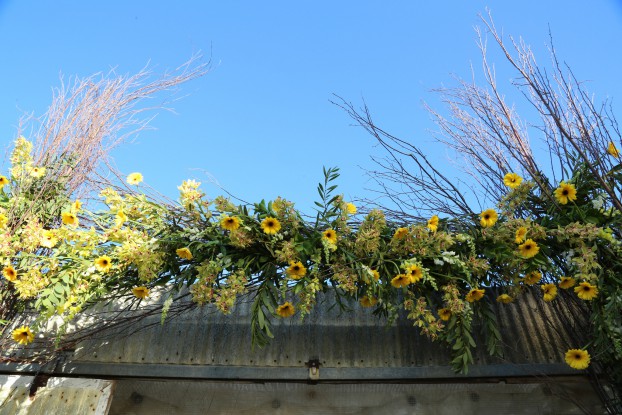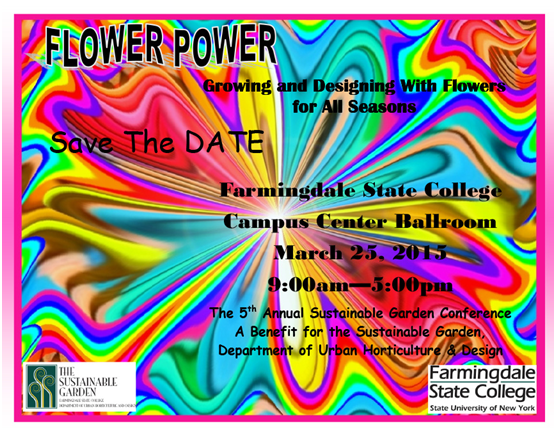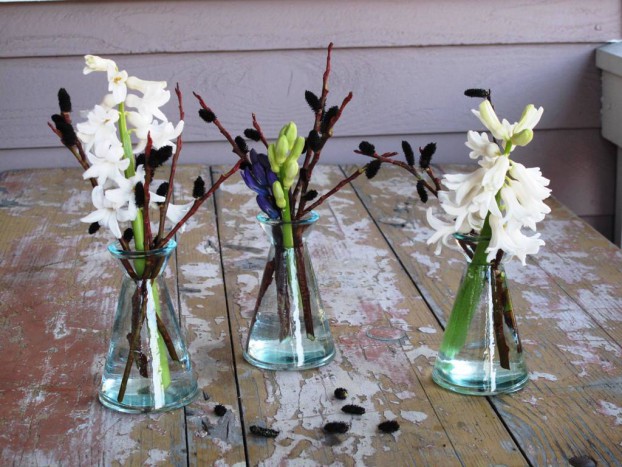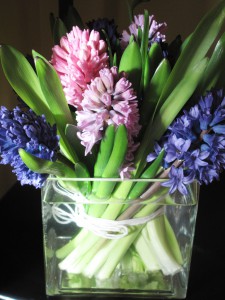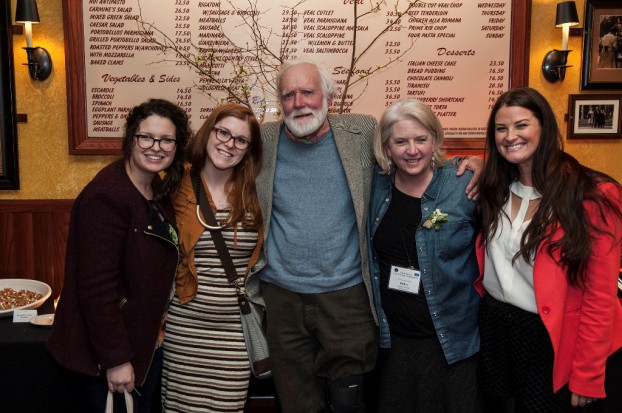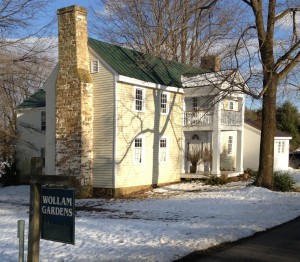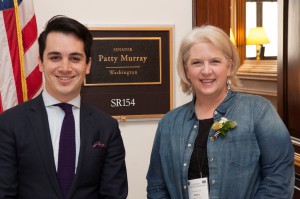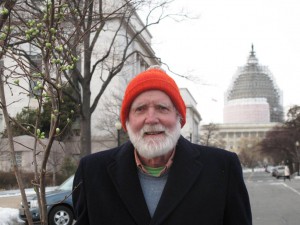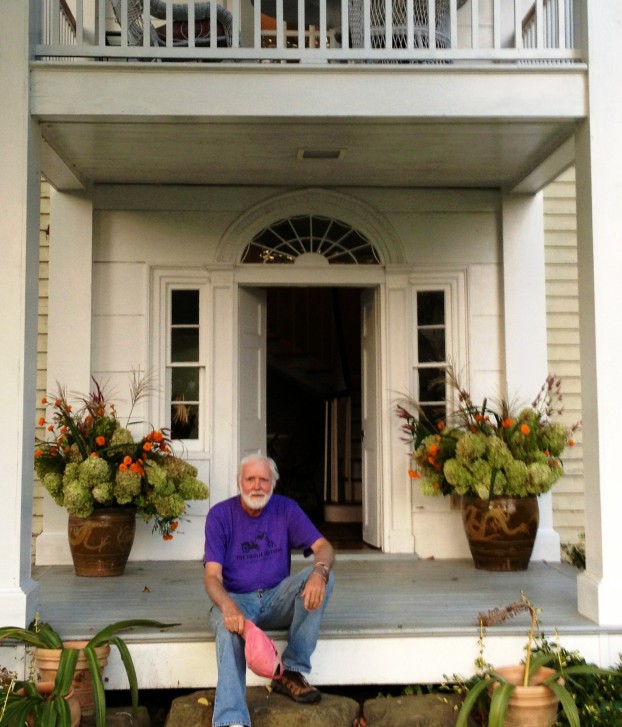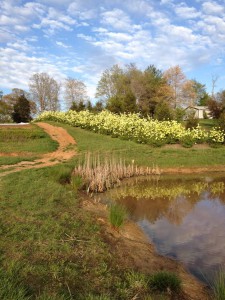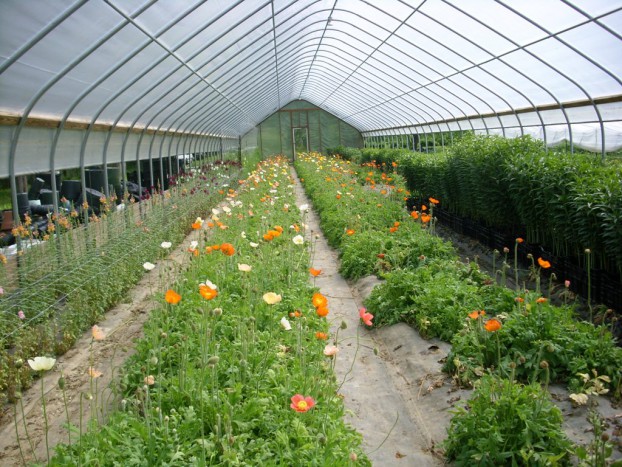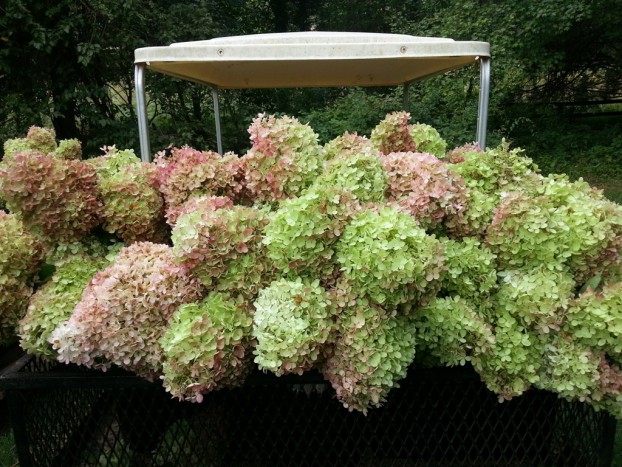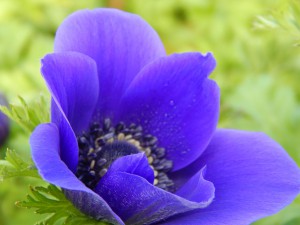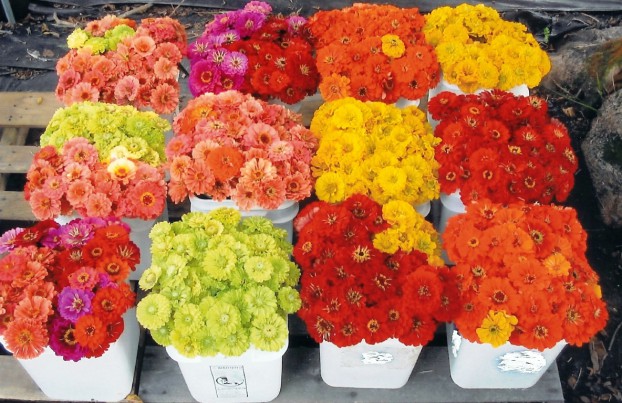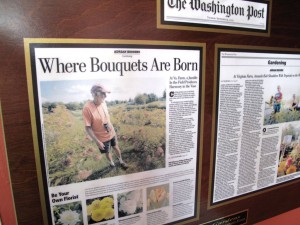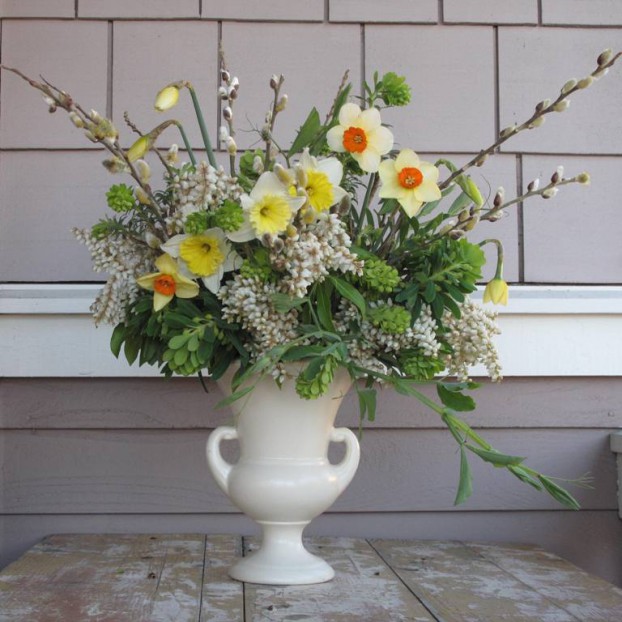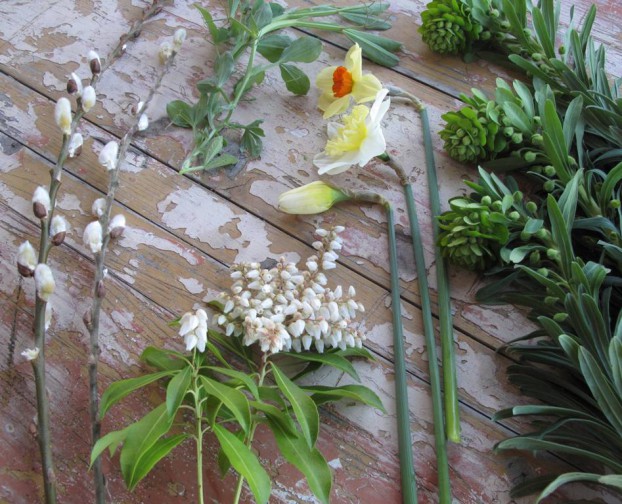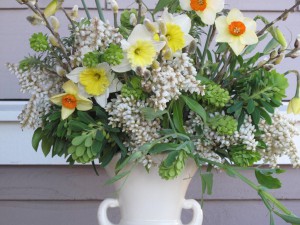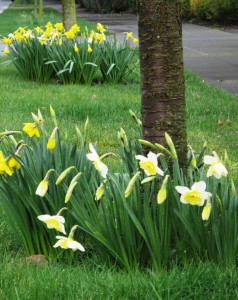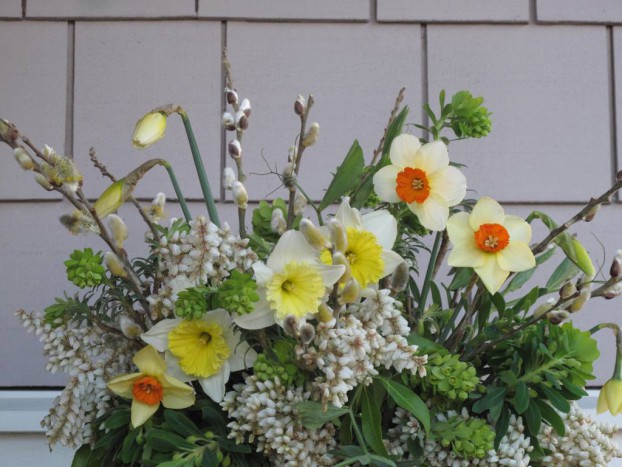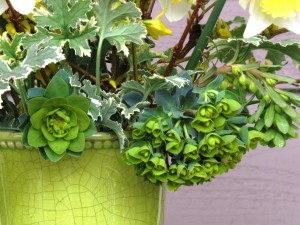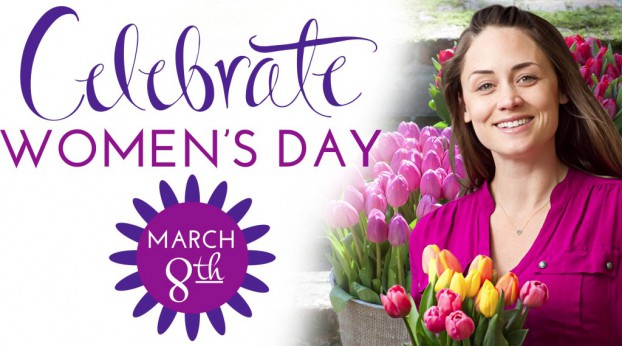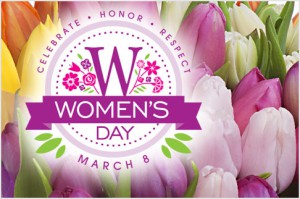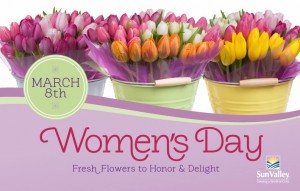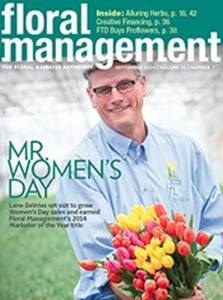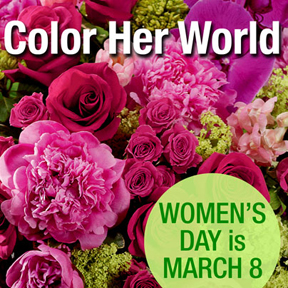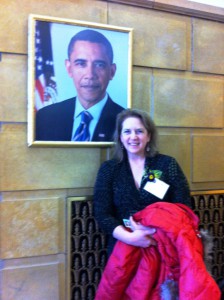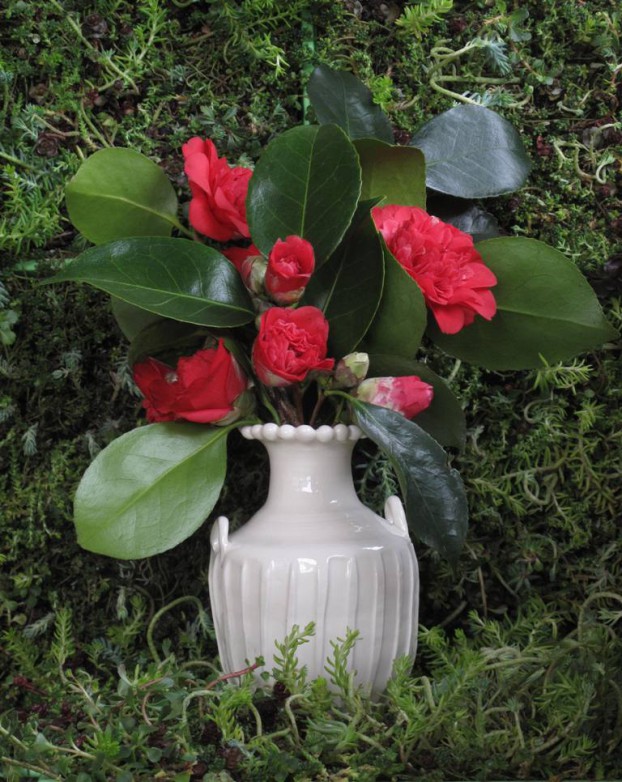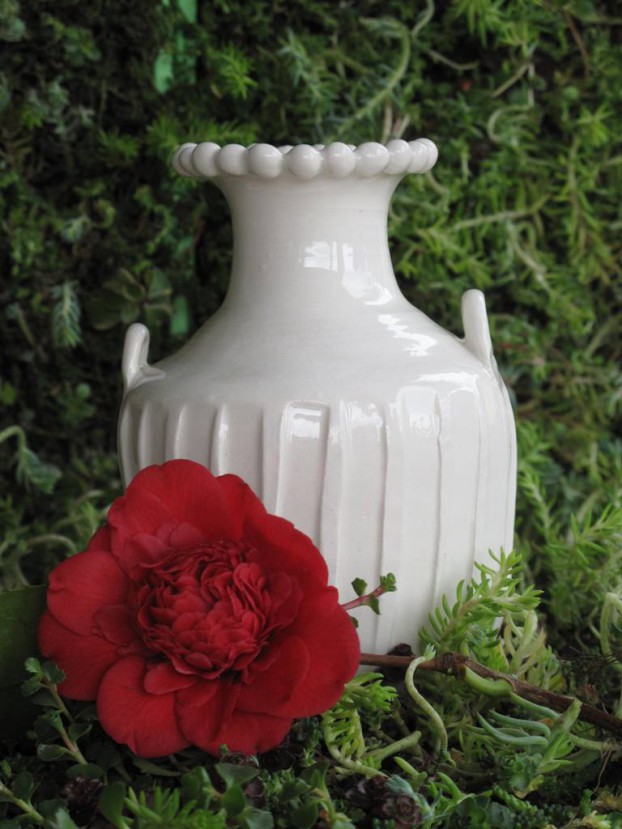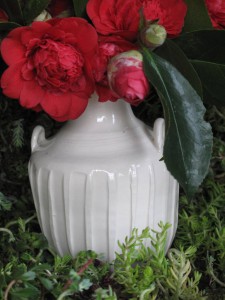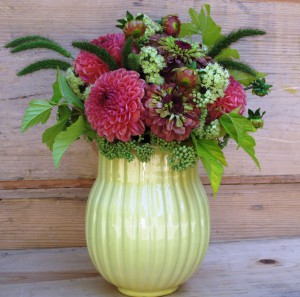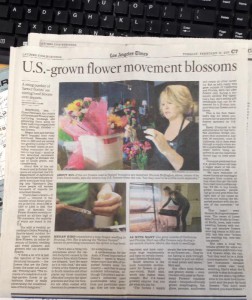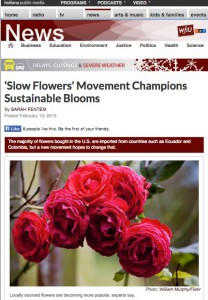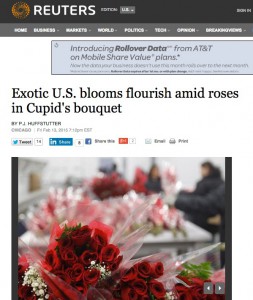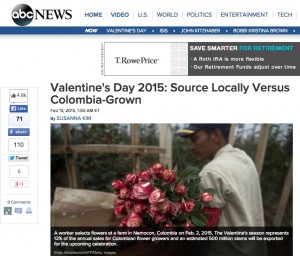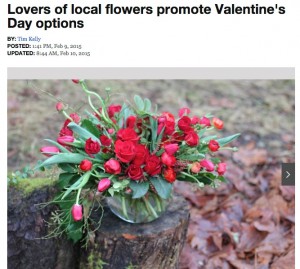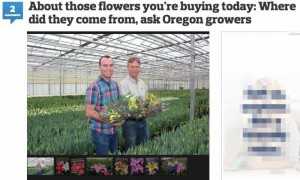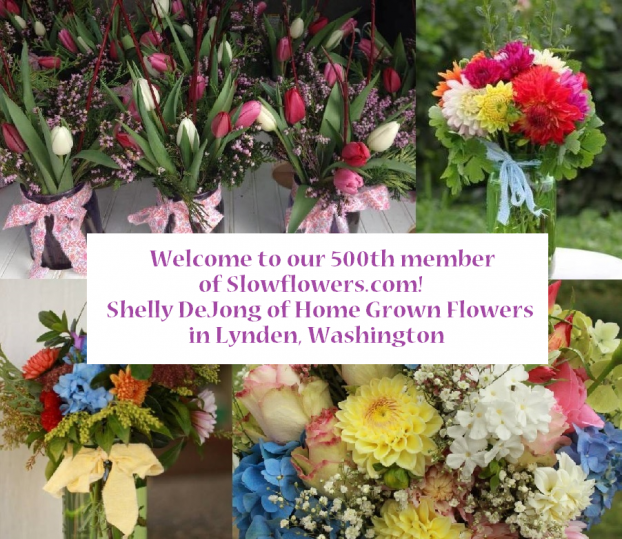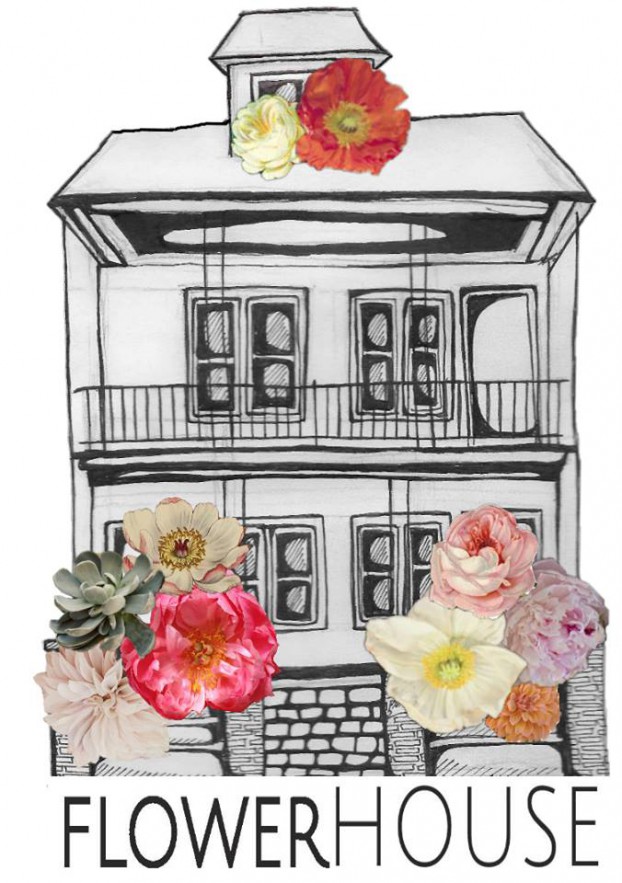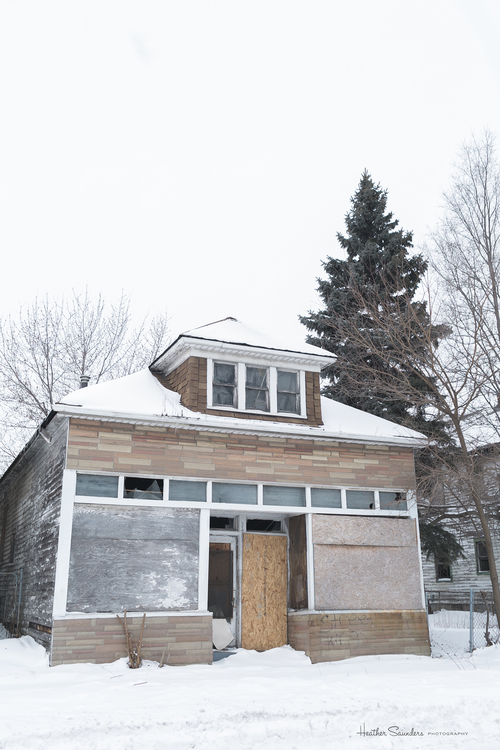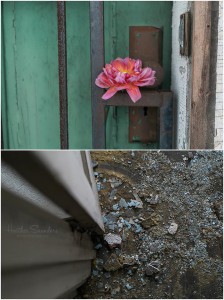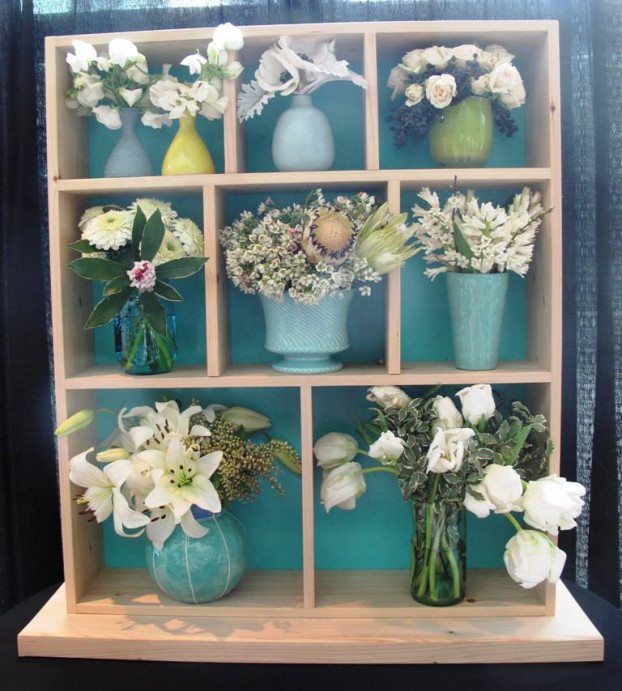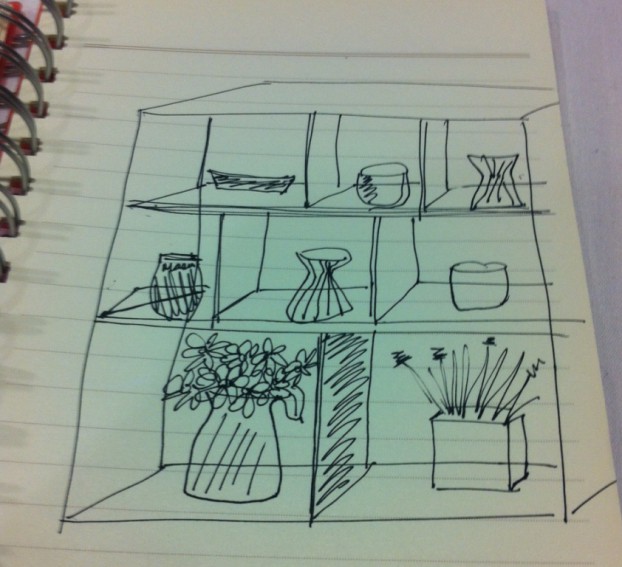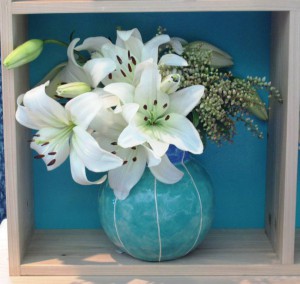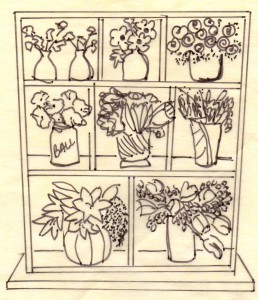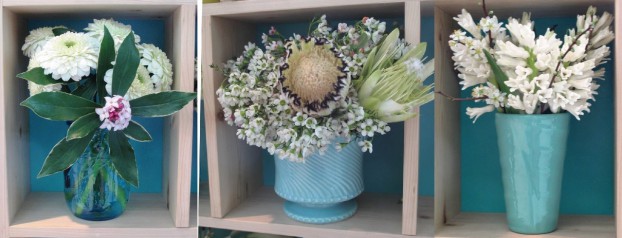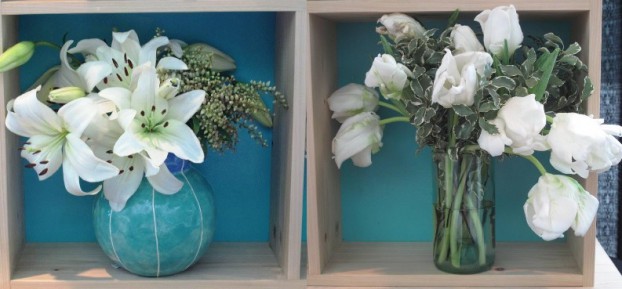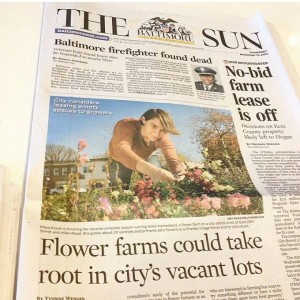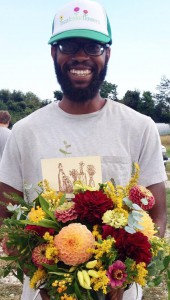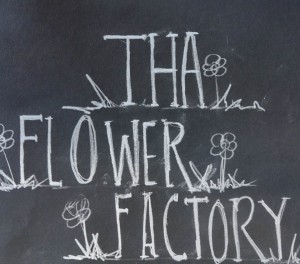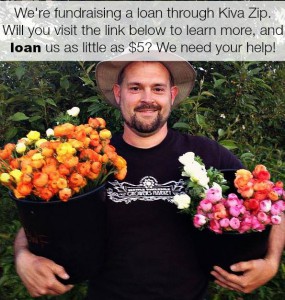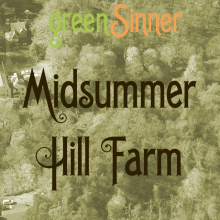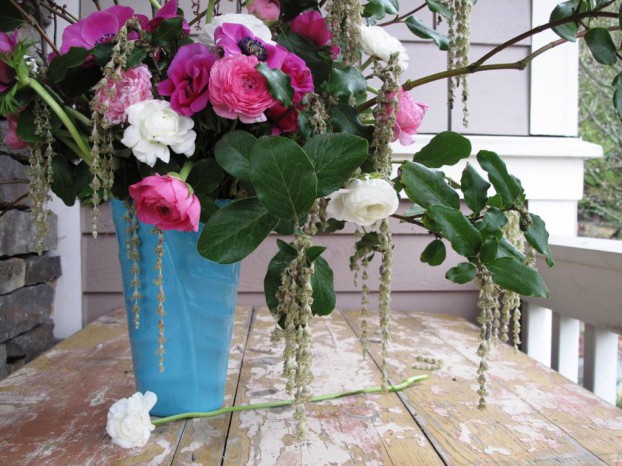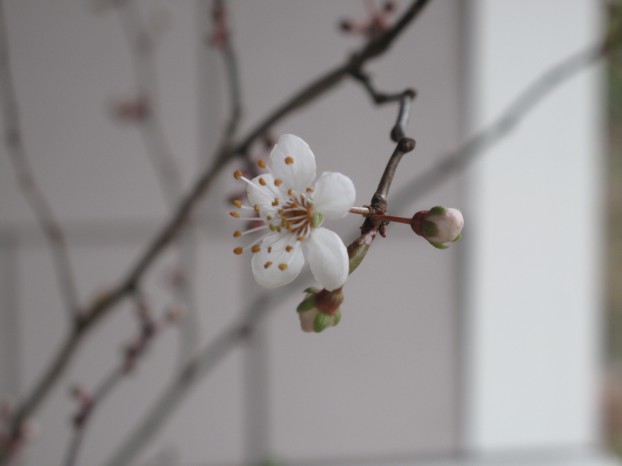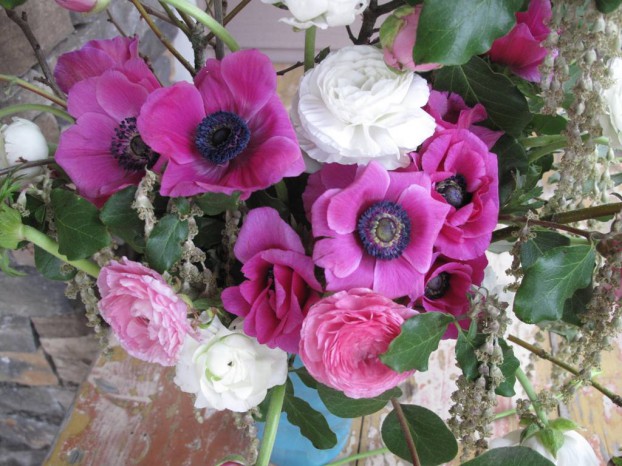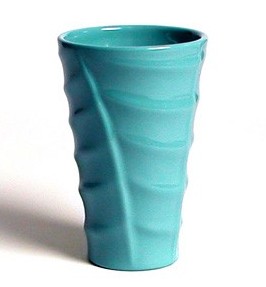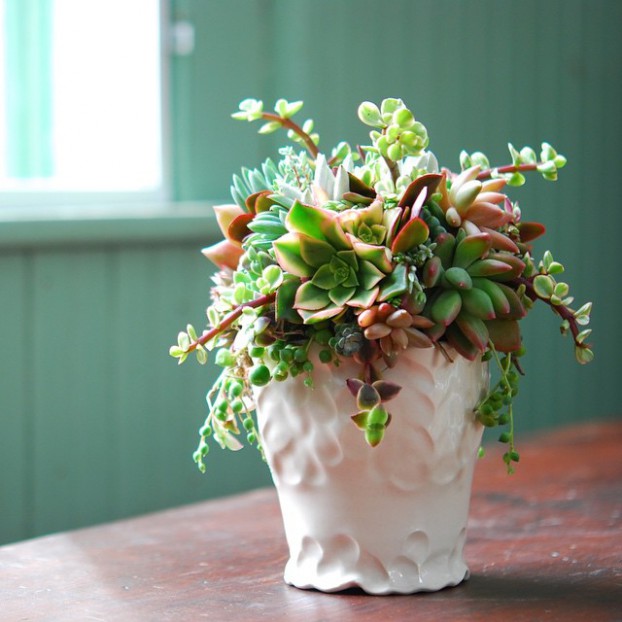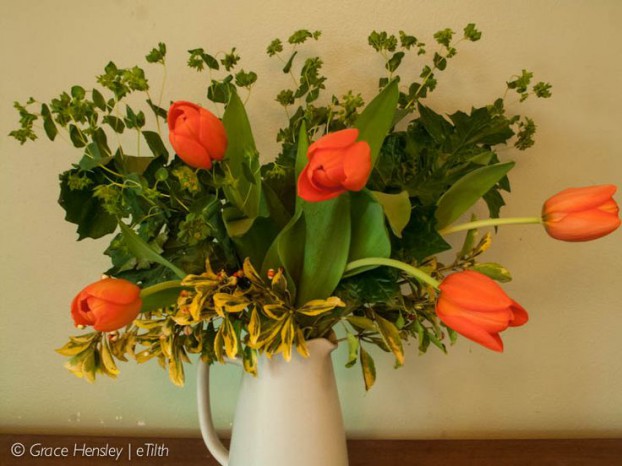Podcast: Play in new window | Download
Subscribe: Apple Podcasts | Podcast Index | RSS | More
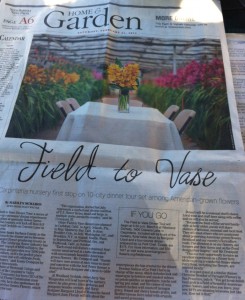
A great spread about the Field to Vase Dinner appeared recently in the local Santa Barbara News-Press.
I spent a few days last week in Carpinteria, California, working with the team that’s producing the 2015 Field to Vase Dinner Tour, a program that’s designed to put local flowers at the center of the table when local food and wine are also served.
You could call it Slow Food meets Slow Flowers.
For the past several years, my involvement with the California Cut Flower Commission has been as an informal, pro-bono advisor.
This year, I’ve assumed the role as a part-time paid communications consultant, editor and writer, lending my energy to the Field to Vase Tour and other important projects on the regional and national stage.
This opportunity allows Slow Flowers to cross-promote with many other programs, and, I hope, ensures that a wider audience hears the message of America’s flowers.
The Field to Vase Dinner Tour fits perfectly with the Slow Flowers agenda – drawing attention to the farmers who grow our flowers and the designers who create beauty with them.
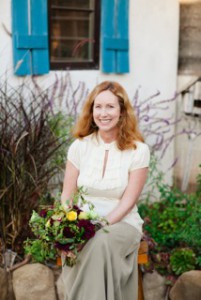
Margaret Lloyd, owner of Margaret Joan Florals – the guest designer for the first Field to Vase Dinner.
The 10-city national Field to Vase Dinner Tour was developed to highlight flower farms and floral designers who source local and domestic flowers. It’s intended to make a stronger connection between the sources of both flowers and food, reminding people that flowers are an equally important facet of our agricultural landscape.
I also am thrilled that Slow Flowers’ partnership with the Field to Vase Dinner Tour means members of Slow Flowers are being asked to showcase their design work, alongside the chefs who are cooking up a delicious, locally-sourced menu.
Today’s guest is Slow Flowers member Margaret Lloyd, owner and creative director of Margaret Joan Florals – the designer for the first Field to Vase Dinner, held on March 5th at Westland Orchids in Carpinteria.
She started Margaret Joan Florals from her home-based studio in Montecito, to provide unique, nature-inspired floral arrangements, for weddings and events. Margaret is a Certified California Florist with 15 years retail experience in floral and event design.
Here’s a clip from Margaret’s television appearance last week – as she used Carpinteria-grown flowers (including greenery from her own backyard) to teach two newscasters how to arrange:
In addition to her involvement with Slowflowers.com, Margaret is a Chapel Designer, a member of Las Floralias, which is a Santa Barbara-based Western Style Flower Club, as well as being a student of Ikebana and an avid gardener.
She explained to me that her aha moment in floral design came from an article in Victoria magazine some twenty-plus years ago. She said:
The article showcased an English country estate garden in winter, and on the next page was a floral arrangement all harvested from their bleak winter cutting garden. It was dramatic and stunning with moody colors, bold shapes,lines and interesting textures.
This led me to be captivated by each season’s bounty, and a love of locally-sourced, seasonal botanicals. This old-world design is presently having a resurgence in appeal, so I stepped away from my wire service formula design job, and stepped out on my own in January of 2014. My approach is to utilize locally-sourced flowers however I can.
I witnessed this philosophy first hand at the Field to Vase Dinner last week. Because the event took place inside an orchid greenhouse, you can only imagine what Margaret had to work with!
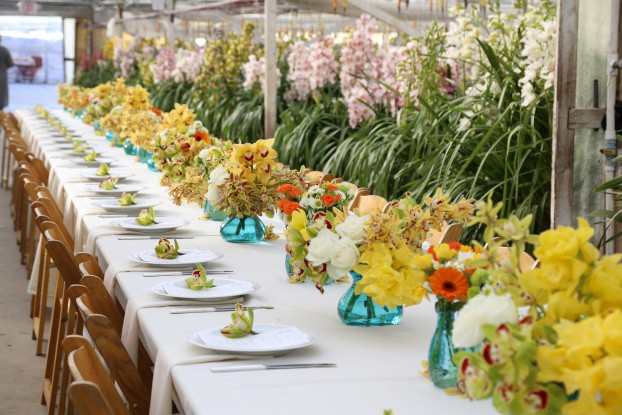
The table was set for a flower- and food-centric evening with an emphasis on local agriculture. (Linda Blue/CCFC)
She took inspiration from the forest of cymbidium orchids grown by Jerry Van Wingerden and his son David Van Wingerden. Here are some tempting images that illustrate Margaret’s creative use of Westland’s beautiful orchids.
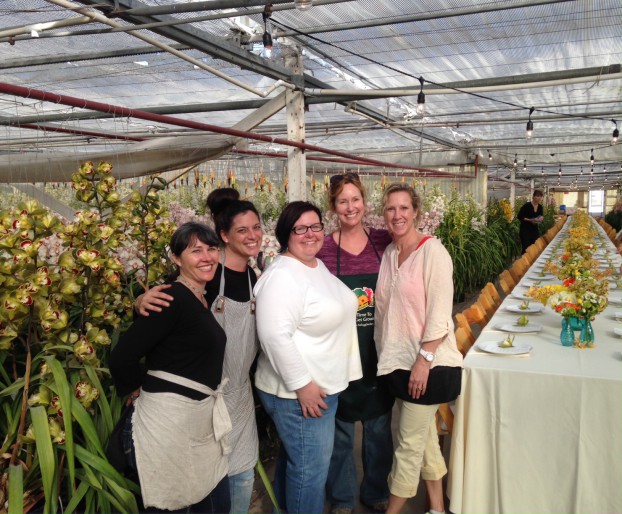
The Flower Power Design Team, from left: Laura Cogan, JIll Redman, CCFC Event Planner and Florist Kathleen Williford, Margaret Lloyd and Rebecca Raymond. All that talent in one place!
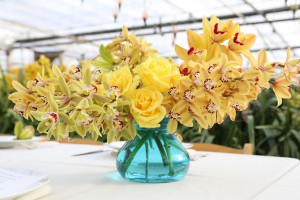
The signature design using cymbidiums grown byWestland Orchids and roses grown by Myriad Farms, two local flower farms. (Linda Blue/CCFC)
Designing more than 100 vases for the centerpieces and takeaway gifts wasn’t easy, given the short production timeline. Margaret had some help, thanks to friends and fellow designers.
Rebecca Raymond of Sunnybrooks Florals of Vashon Island, Washington, along with Jill Redman of Forage Florals in Solvang, California, and Laura Cogan of Passion Flowers Design in Buellton, California, joined the design team — all as volunteers.
Together, they wanted to make a dramatic statement for arriving guests.
The four constructed a 10-foot-tall-by-12-foot wide birch-tree arbor to grace the doorway to the orchid greenhouse. Acacia foliage, green cymbidium orchids, yellow gerberas and white snapdragons draped from the branches and created a magical moment for everyone who entered.
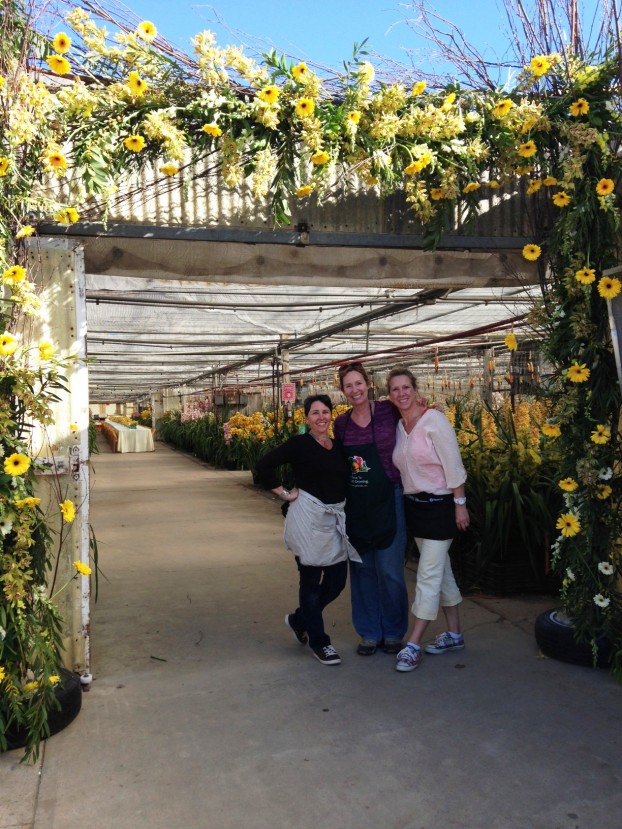
This photo gives you a sense of scale that the floral arch achieved. With (from left): floral designers Laura Cogan, Margaret Lloyd and Rebecca Raymond.
I applaud these talented women for what they achieved. The floral environment they created will set a high standard for future Field to Vase Dinners.
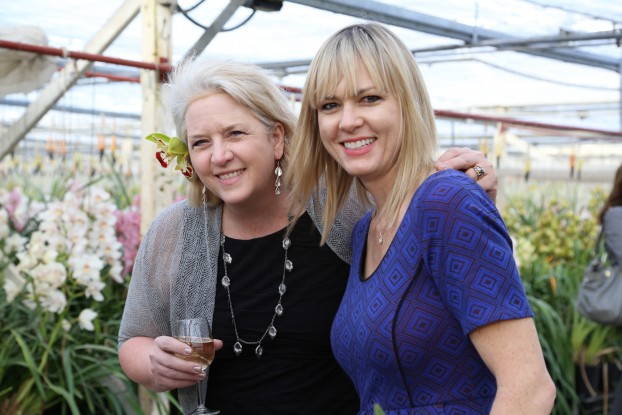
It was “work” – I promise you! I enjoyed working with the event time, including Adrienne Young, CCFC’s social media and branding expert. (Linda Blue/CCFC)
You might have missed the first Field to Vase Dinner but there are nine more venues on the calendar for 2015. Please check out the full schedule here – and secure your seat at one or more of these very special settings on America’s flower farms, coast to coast.
I also want to alert you to an opportunity for flower farmers and floral designers in the New York area:
On Wednesday, March 25th, the department of Urban Horticulture & Design at Farmingdale State College in Farmingdale, New York (on Long Island) is hosting its 5th Annual Sustainable Garden Conference. This year’s theme is Flower Power: Growing and Designing With Flowers for All Seasons.
Speakers and workshops will focus on commercial cut flower farming and floral design, with a special presentation by SlowFlowers.com member Lynn Mehl, owner of Good Old Days Ecoflorist in New Windsor, New York, who will speak on “Working with Local Cut Flowers – a Designer’s Perspective.”
There is even a presentation scheduled about the Slow Flowers Movement, although I won’t be able to give it in person. For anyone in the tri-state area, or even from farther away, this will be an exciting opportunity to meet with area cut flower farmers, educators, advocates and florists who care about sourcing their flowers locally. The cost for students is $35 and $65 for the general public and you’ll find links to registration here.
Thanks for joining me this week and please return again, as I continue to share insightful and educational episodes recorded exclusively for the Slow Flowers Podcast.
Thanks to listeners, this podcast has been downloaded nearly 38,000 times. If you like what you hear, please consider logging onto Itunes and posting a listener review.
Until next week please join me in putting more American grown flowers on the table, one vase at a time.
The slow flowers podcast is engineered and edited by Andrew Wheatley and Hannah Holtgeerts. Learn more about their work at shellandtree.com









